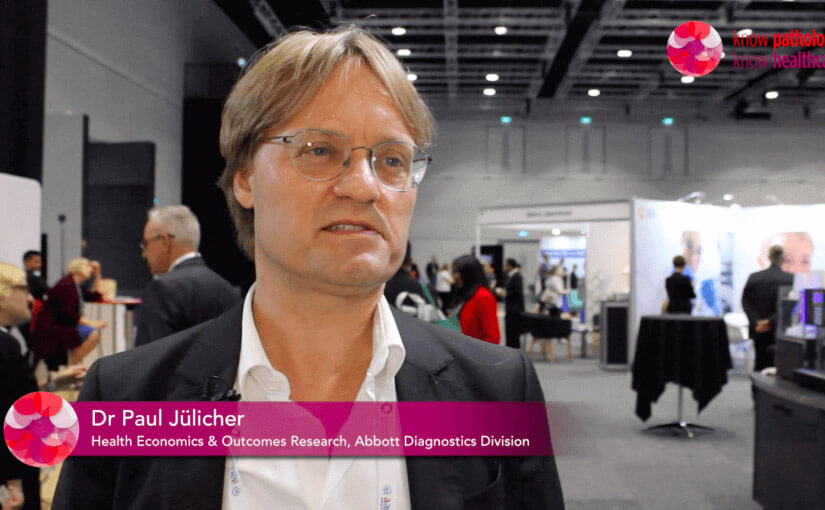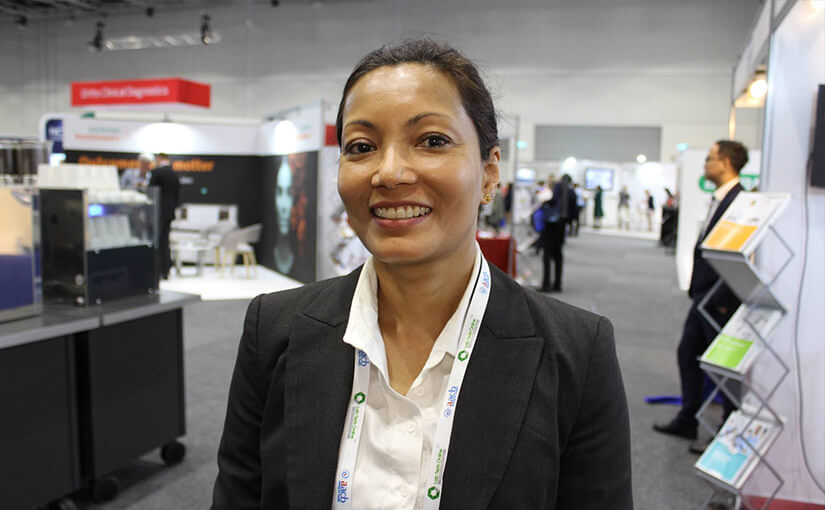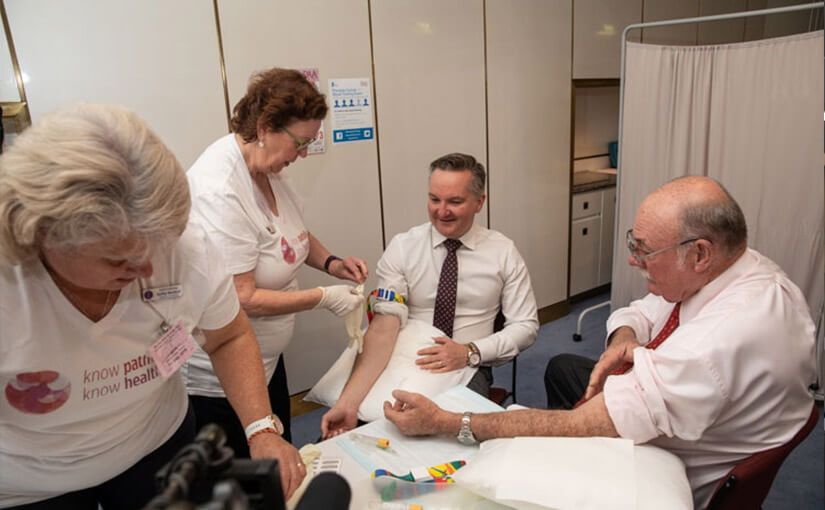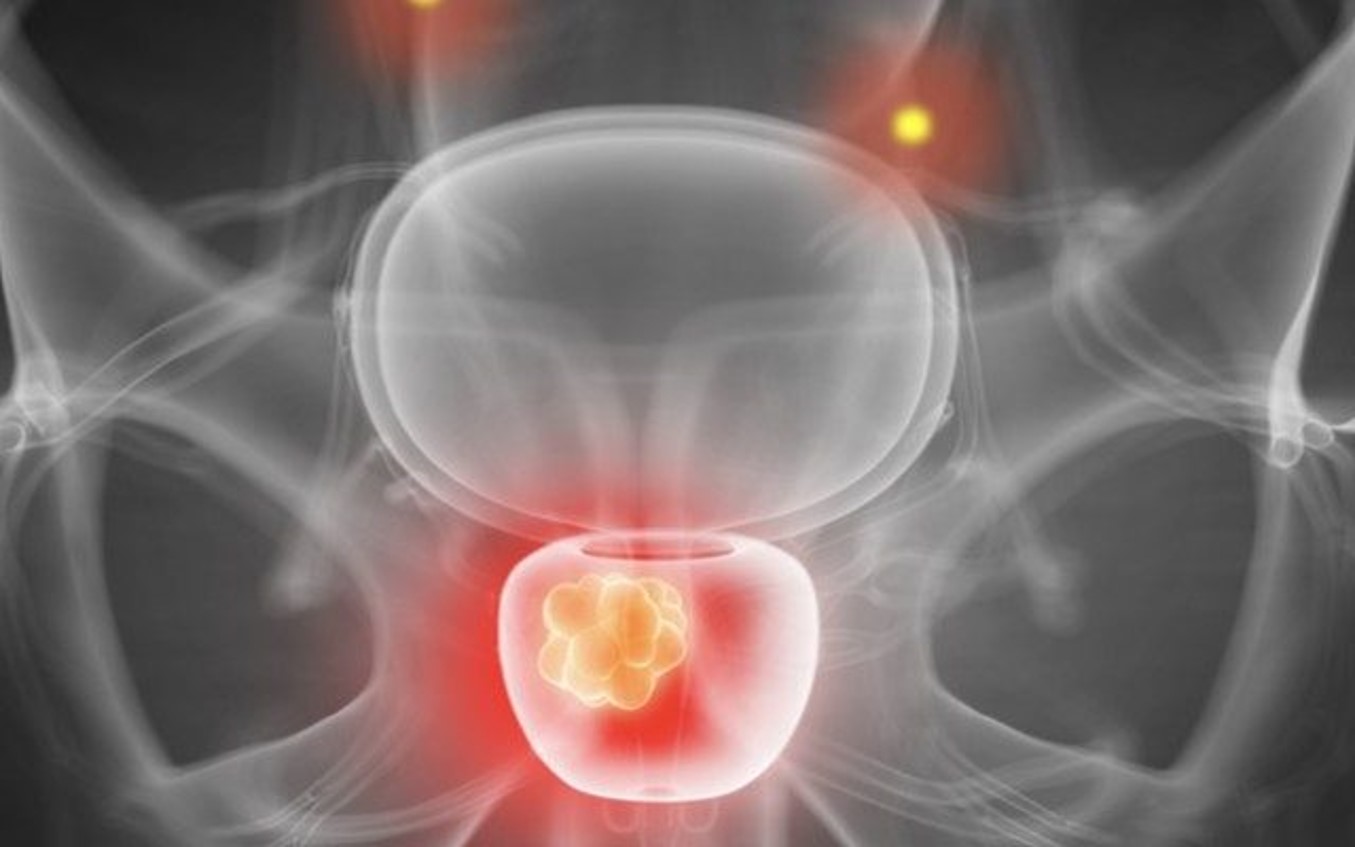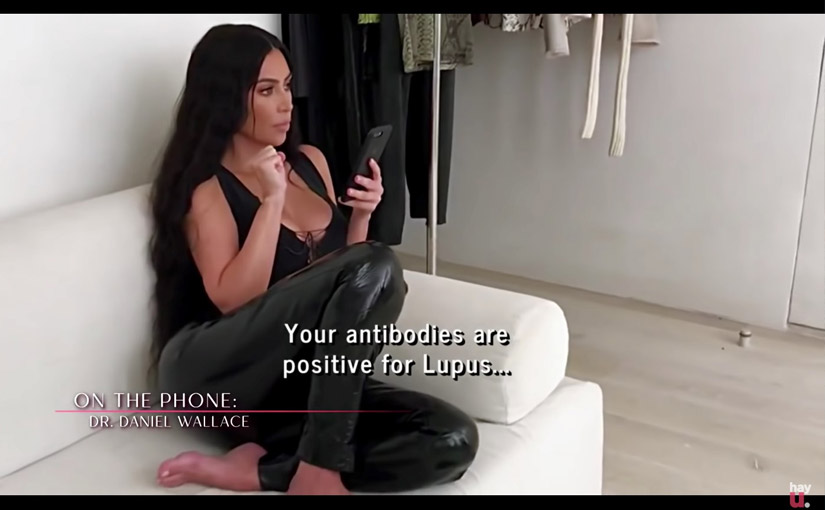Why pathology is a vital medical service – in sixty seconds
Pathology Awareness Australia aims to inform the public and politicians about the value of pathology so we created this handy 1-minute video based on information from The Economic Value of Pathology 2
100 lab tours and counting
An important part of the Know Pathology Know Healthcare campaign is educating politicians about the vital role of pathology in caring for patients in hospitals and in the community. To do this we take
One stop testing could improve treatment rates for hepatitis C
In Australia at the start of 2017, an estimated 199,230 people were living with chronic hepatitis C infection, which decreased to 182,144 by the end of that year.
Between the end of 2016 and 2018 m
Disruption discussion: looking to the future in pathology technology
The news is often full of stories about new technology that will change our lives and healthcare is a particular area where we often look to technology to help with complex problems.
But what about
New data shows one third of SA women do not get enough Vitamin D in pregnancy
With so many things to think about during pregnancy, it can be difficult for expectant mothers to keep up, particularly with the latest advice on how to stay healthy. Health professionals can also fac
Prostate cancer checks for politicians “may have saved lives” says Warren Entsch MP
Pathology testing for prostate cancer is crucial, so on 11th September, Parliament House became a hub of pathology activity including onsite pathology collection for male MPs, Senators and their sta
Liquid biopsy could help catch aggressive prostate cancers earlier
Fast and accurate diagnosis of cancer is essential to give patients the best chance of beating the disease and new research from Queen Mary University of London could give further hope in the fight ag

